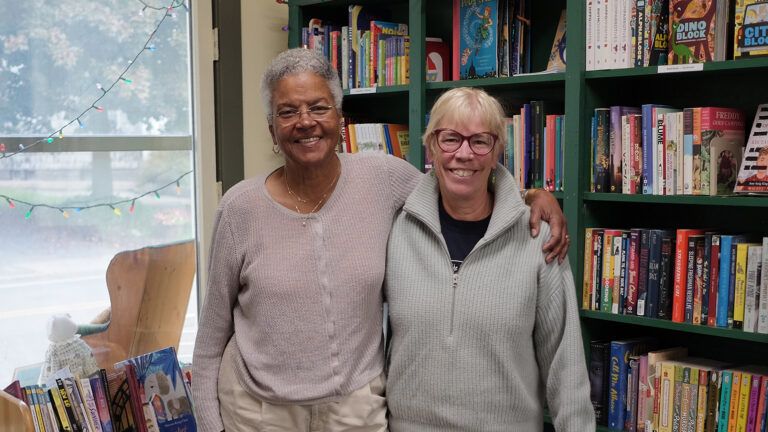I was working on a new series idea this week, and I kept trying to think about what the plots would be and who the characters were.
As I wrote out my thoughts, I kept finding the plots straying. The characters wouldn’t do what I wanted them to. I thought I was working on a romantic series, but what kept coming out was the set-up for mysteries! I kept wanting to have the characters stumble into mysteries, not love.
Maybe that says something about me. But I think it also says something about the nature of stories as well. I find myself drawn to mysteries because they present a puzzle, an inherent question that has to be answered. I love working on our Mysteries of Sparrow Island series and our newer series Mystery and the Minister’s Wife. I love these books, because when I’m reading them, I want to know what the solution is to the mystery is, so I keep going to find out.
But this isn’t peculiar to mysteries. I realized that every good story answers a question—who will the heroine end up with? Will the characters make it through the winter? What will happen to the children when their father comes back?
It’s what draws you along and makes you want to read to the end. You want to find out what happened. You want to make sure everything turns out okay.
I work mostly in fiction, but personal memoirs and Guideposts magazine stories do the same thing—they pull you in, leave you wanting more, and you have to read to the end to find out what happens. Mysteries ask these questions in a very specific and overt way, but every good story has an element of unanswered question that drives the narrative forward. Here’s to the mysterious nature of story.





